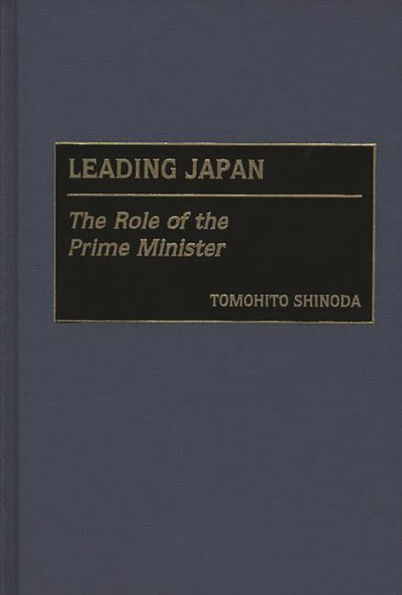5
1
9780275969943


Leading Japan: The Role of the Prime Minister available in Hardcover

Leading Japan: The Role of the Prime Minister
- ISBN-10:
- 0275969940
- ISBN-13:
- 9780275969943
- Pub. Date:
- 07/30/2000
- Publisher:
- Bloomsbury Academic
- ISBN-10:
- 0275969940
- ISBN-13:
- 9780275969943
- Pub. Date:
- 07/30/2000
- Publisher:
- Bloomsbury Academic
95.0
In Stock

Product Details
| ISBN-13: | 9780275969943 |
|---|---|
| Publisher: | Bloomsbury Academic |
| Publication date: | 07/30/2000 |
| Pages: | 264 |
| Sales rank: | 695,059 |
| Product dimensions: | 6.00(w) x 9.00(h) x 0.75(d) |
| Lexile: | 1400L (what's this?) |
About the Author
From the B&N Reads Blog
